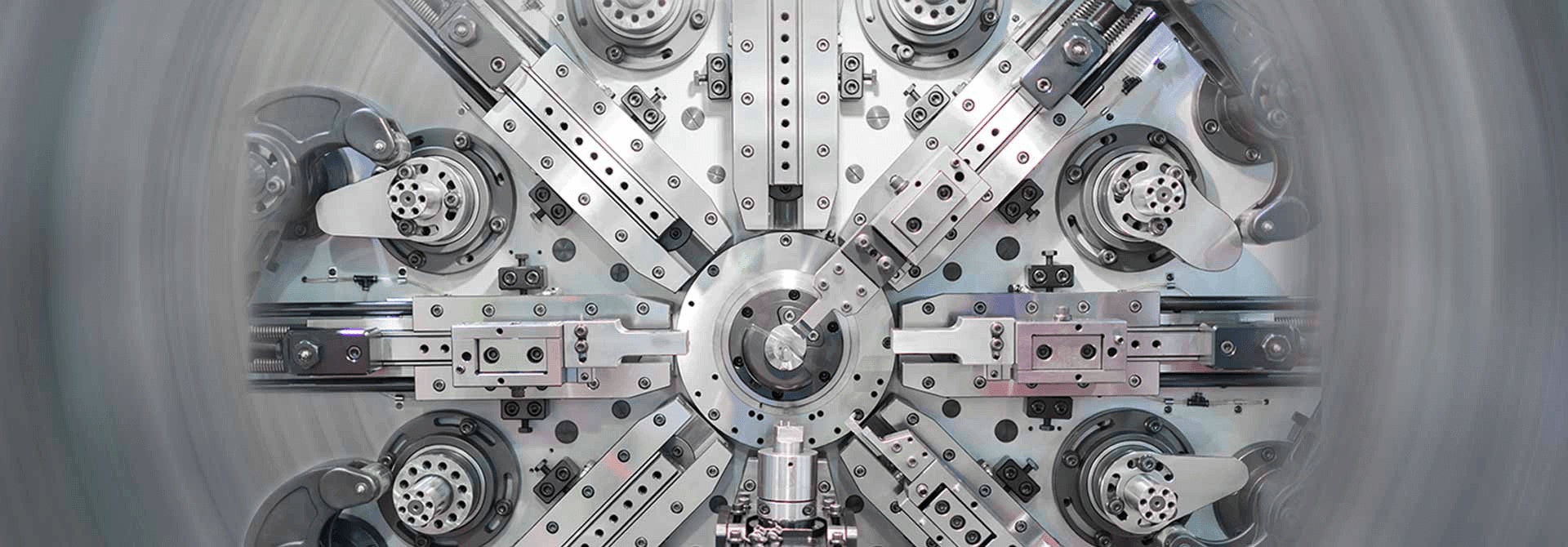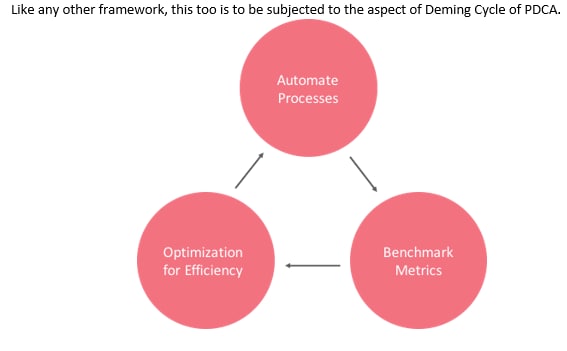Home > AssistEdge > Blogs > Measuring Automation
Measuring Automation

Automation, AI, ML, – is this going to be the next wave of change?
Well, according to me, not yet!.
Currently Automation is like a belief and passion; a new toy in the hands of techno geeks and businesses to see how a new item in the menu can entice businesses to jump down the rabbit hole of automation wonderland and hope to achieve something great and so seamless that they can continue to survive in this competitive world of technology enabled products and services.
As you are aware, theoretically, one can automate any process that is defined, has KPIs, proper input and outputs that has the ability to be done programmatically by a machine or a combination of machines.
So, in effect the automation is a process of using machines and computational skills to reduce human effort. So, in effect, as a process, it should have the ability to be measured.

This post is to introduce a mechanism to measure the overall process of automation.
Approached towards measured automation
The core rules towards automation maturity model –
- Identify processes that have maximum impact to the organizational business goals.
- Identify dependencies and relations of various processes and sub-processes across the organizations that help run the overall business.
- Identify base and derived measures that impact the organizational business goals.
- Identify the level and possibility of automation based on the data collected on impact to organizational business goals.
- Monitor and manage the identified automated areas for improvements and modifications to meet and exceed the organization and business goals.
To ensure that there is a system or mechanism in place for this, every business that has a need to move towards automation should be in a position to look at what level of automation is needed or necessary.
There has to be an Automation Maturity Model (AMM) that can govern how the business can be steered into a more objective strategy.
Conceptually, the approach can be represented as below –

A peek into Automation Maturity Model
Automation Maturity Model is more about putting a structure into how organisation can be measured in terms of its automation maturity.
Conceptually, it can be represented as below –


Plan Do, Measure, Act

How will AMM help?
- Industry standard automation maturity model.
- Businesses can decide what level of maturity they want to achieve as per their business needs.
- Better focus and strategy on using the right mix of technology and people.
Next steps
- Create a team of experts who can define the nuances of the AMM
- Establish standard methods of management of a business automation
- Educate businesses and employees on the importance of an objective approach towards automation.


Vijay Bhaskar
Senior Specialist - UXCOE
Vijay is a Design Strategist and loves to connect dots for an effective and monetizable business outcome.
More blogs from Vijay Bhaskar >